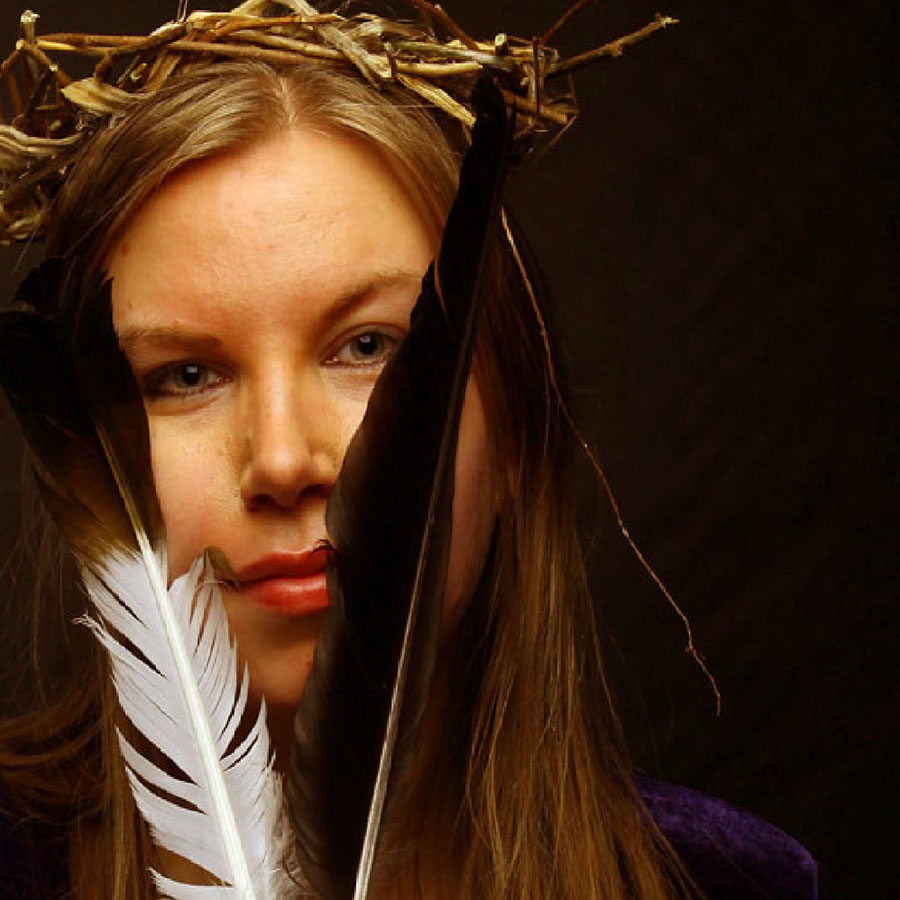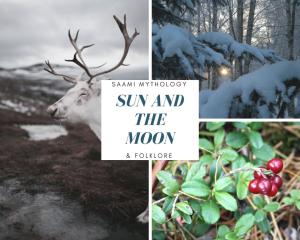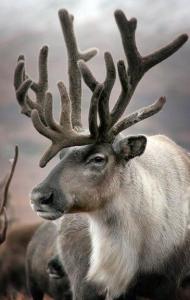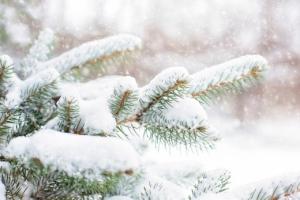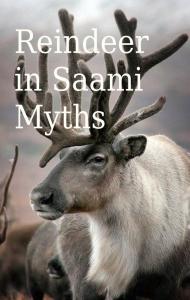
The Reindeer People
Saami are the native inhabitants of Lapland in Sweden, Finland, Norway and Kola Peninsula in Russia. Saami land is a wide area which covers several Saami tribes and languages such as; Northern Saami, Koltta Saami, Inari Saami etc. The majority of the Saami were fishermen, hunters and above all reindeer herders. Therefore reindeer is one of the most sacred animals in the Saami culture.
Taming The Wild Deer
Some other totem animals of the Saami were bears and birds but the reindeer was the most important. The first inhabitants of what is now known as Finland were Saami tribes which arrived thousands and thousands of years ago and many Finns today have Saami ancestry. These people were hunters and fishermen, not reindeer herders. The reindeer business started 100 ACE around the time when the Saami´s tamed the wild deer which started the companionship between humans and the reindeer. The Earliest written documents of people owning reindeer are from the 900th century. The lifestyle of the people got more intertwined to the reindeer herding. Saami´s got milk from the reindeer to drink, the flesh of the reindeer to eat, the reindeer helped people to pull heavy things and people made clothes from the reindeer fur. In the 16th century, there was a big change in the Saami culture and people started to measure their wealth according to the amount of reindeer. The ways of herding also changed from static to a nomadic lifestyle. The reason for this was that people ran out of food. They had fished all the lakes empty and there were no animals to hunt. People realized that by following the natural cycle of the reindeer they produced more offspring. Herders started to follow the reindeer to their mating sites and places where reindeer gave birth. This lifestyle change made Saami´s connection to the reindeer even deeper.
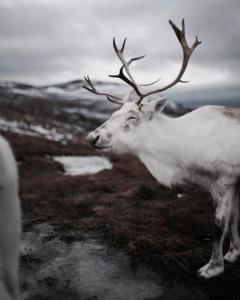
Reindeer meat is very salty. It is food that you can survive in a cold climate this is one of the reasons why reindeer were important for the Saami who were used to harsh weather conditions. Samoyed tribes in Siberia still follow this nomadic lifestyle and the natural cycle of the reindeer. In Scandinavian countries, herding became again static around the 18th and 19th centuries because of political issues and the drawing of the lines of national borders. In many ways, these political changes were harmful to the Saami especially when it came to land rights. This is an issue that is still on the table today and is relevant for the survival of the Saami lifestyle and culture.
The White Reindeer
There is a legend in Saami folklore about the white reindeer. Albino reindeer was the most magical reindeer. White reindeer was the leader of all the reindeer. If a human would catch the white reindeer it would bring them luck, riches and eternal happiness. Totemic belief in the reindeer spirit was essential and was also one of the reasons for people to take especially good care of the reindeer. In ancient Finland when a bear has killed the hunter prayed that the bear´s spirit would find its way home to the star sky. Saami´s had similar traditions and beliefs. When reindeer were killed hunters and herders prayed that the great reindeer spirit would take care of those reindeer that were killed.
Great Reindeer Spirit
Only the best and most handsome reindeer were sacrificed for the great reindeer spirit. One of the oldest traditions was to take the antlers of the reindeer and hang them on the top of the seita. Seita was a sacred grove of the Saami. An altar where people made sacrifices. They were usually large stone or tree formations.
The great reindeer’s spirit was seen as a white reindeer or a hybrid between a man and a reindeer. In many cultures, there have been deities who had antlers like Cernunnos in Celtic myths and pastoral god Pan in Greek legends. For the Saami´s everything in nature was holy and everything in animals was holy. All parts of the reindeer had magical properties. This included reindeer´s skin, fur, milk, flesh, hooves and especially the antlers because they were reaching the skies and were directly connected to the universe. In rituals shamans dressed up in a coat made from reindeer fur and wore antlers on their heads. This was a way to connect with the great reindeer spirit. During the ritual, the shaman became one of the reindeer and a servant to the great reindeer spirit. Saami people had a very close relationship with nature. Bones were seen as especially magical. Saami children were taught that when they found a dead animal they had to collect all the bones together and bury the animal. When the skeleton was completed the animal could continue its life in the afterlife. It was bad luck to bury a reindeer even if one of the bones was missing.

Story of Myandash
Some of the Saami tribes believed that they were descendants of the reindeer in Saami mythology. Kola Saami are a Saami tribe that lives in Kola Peninsula in Russia. Kola Saami´s believed that they had an ancestor who was a reindeer shape sifter. His name was Myandash and his mother was a shaman and a Saami witch who had the ability to transform herself into a reindeer. Myandash´s father was a real reindeer. Myandash lived with his mother in a tent that was completely made of reindeer fur and reindeer bones. When he was inside the tent he was a human but when he stepped outside he turned into a reindeer. Outside the tent, there was a river but there was no water in that river. It was filled with reindeer blood. Myandash and his mother lived in another realm. They lived in the world of the great reindeer spirit that was separated from the human world. Myandash got very lonely living in the tent and he told to his mother that he would like to have a human wife. Mother was not very pleased but she loved her son so she travelled to the earth and found her son a human wife. There are several versions telling what happened next. According to one story, Myandash and his wife got many children and each time the children went outside the tent they turned into reindeer. According to some versions Myandash’s wife also had the ability to transform herself into a reindeer. There is a very totemic legend which tells that at one point Myandash got so in touch with his inner reindeer that he no longer wanted to be a human and did not return to the tent. Instead, he would run into the tundra and their children would follow him. His wife sacrificed a reindeer for the great reindeer spirit. While doing that she was sitting on the reindeer fur meditating and the spirit of Myandash entered inside her. It was believed that when the wife remarried the lineage of Myandash lived on among the Kola Saami.
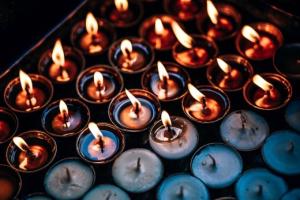
Animal Spirits
Kola Saami´s holds this myth in great value still in the 1920s and 1930s but nowadays most people see it as a fable. In many totemic cultures where an animal has become a clan symbol. It usually started with stories about the animal’s father or the mother who had a connection to humans. In northern Europe and northern Asia totem animals, could be most often otters, lynxes, bears, wolves and birds. Animals that people saw around them every day and animals that had magical meanings to them. Sometimes totem animals represented the lifestyle of a certain tribe. Otter could have been a symbol of a tribe that lived next to the water. Reindeer were totem animals for reindeer herders who felt a connection to the earth and admired reindeer for its qualities.

